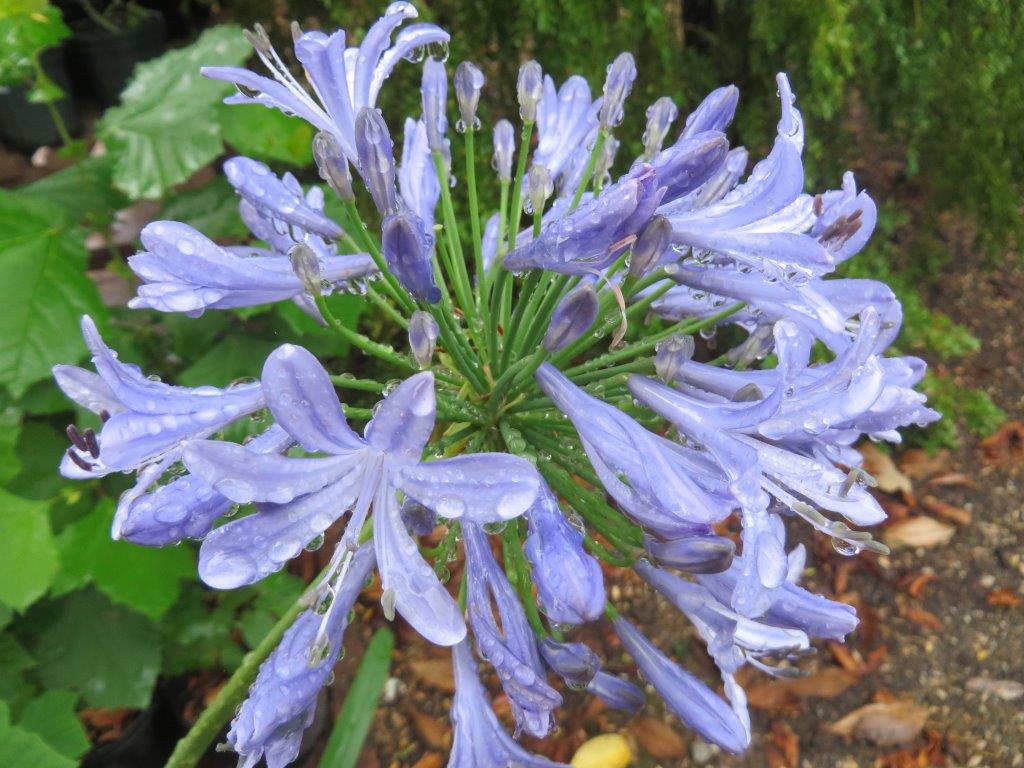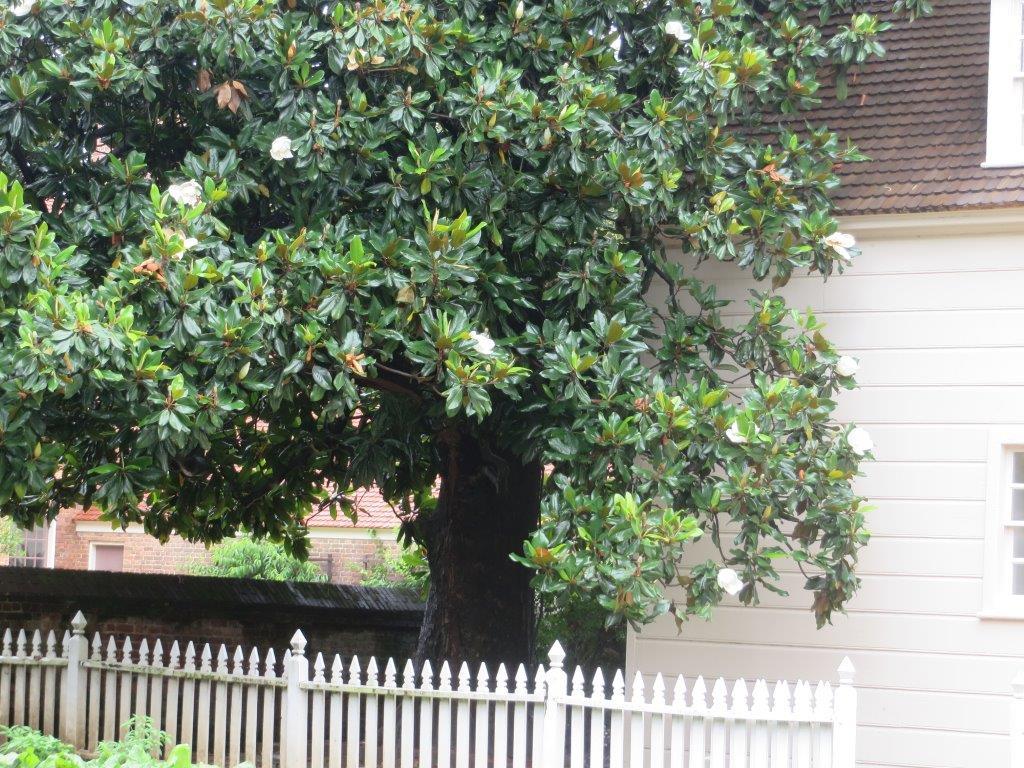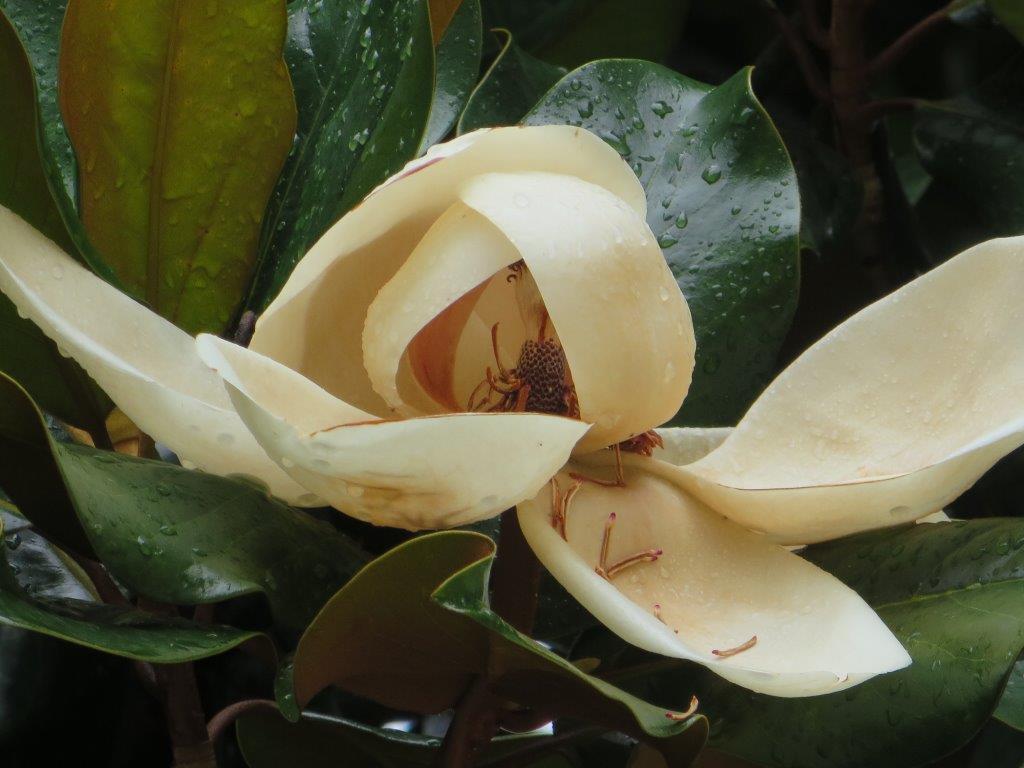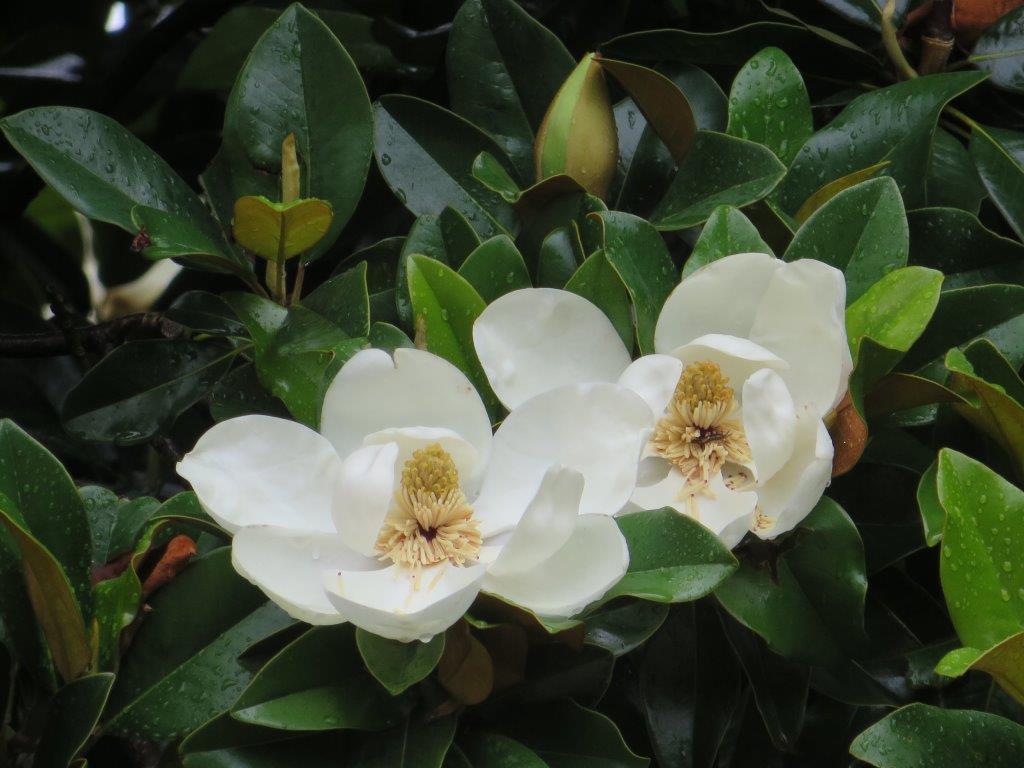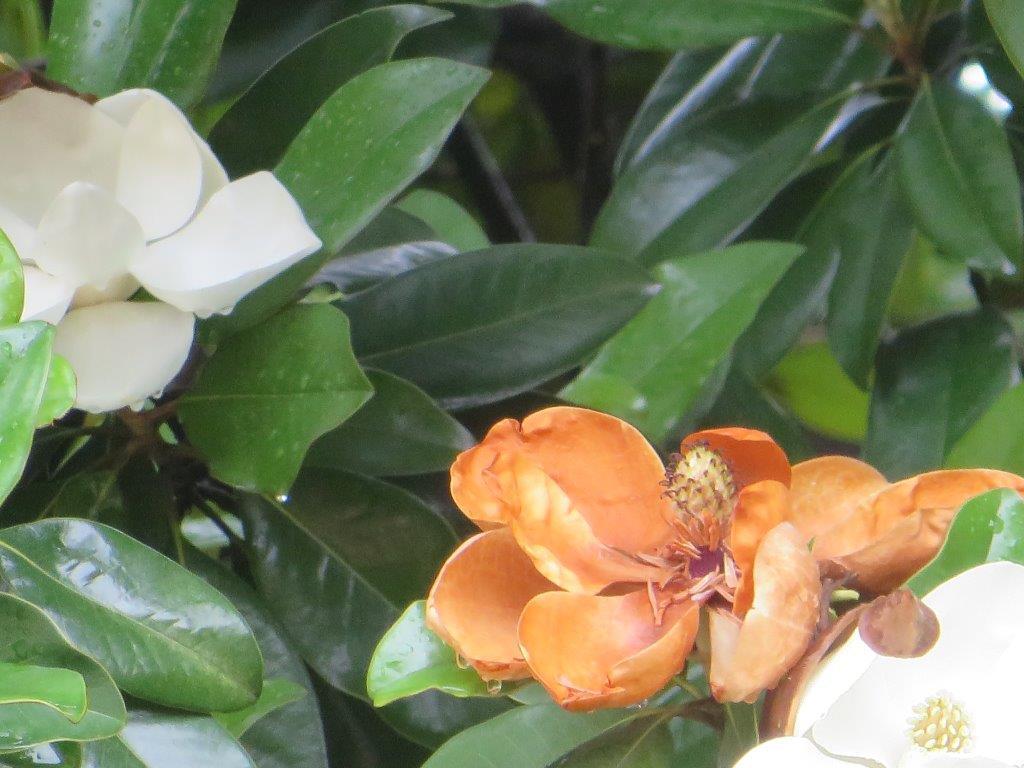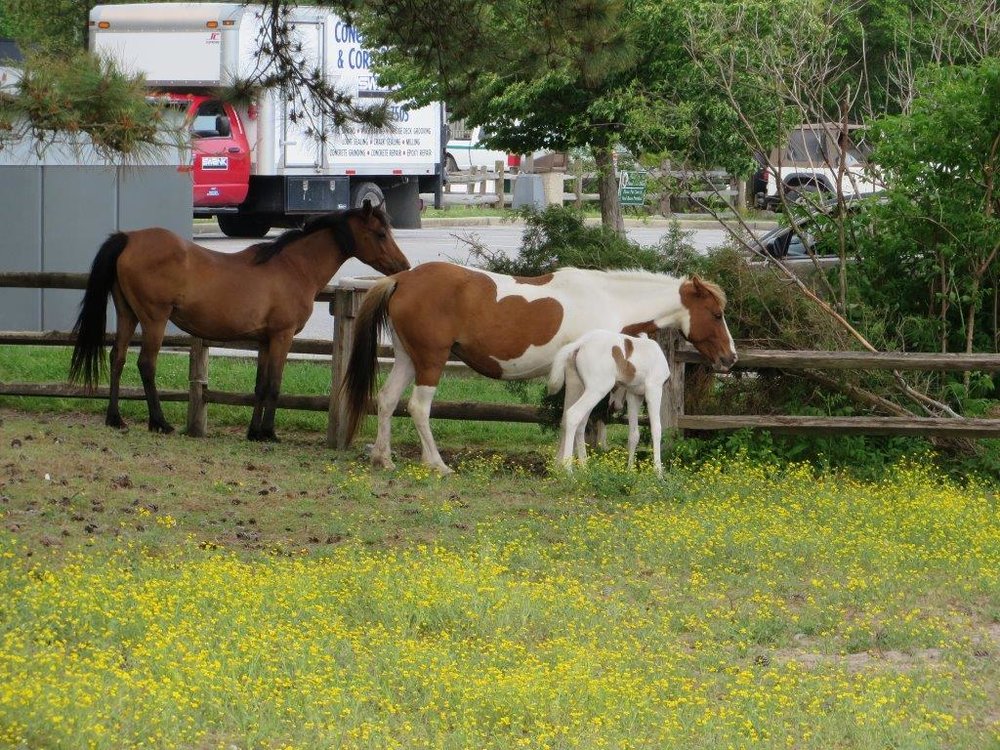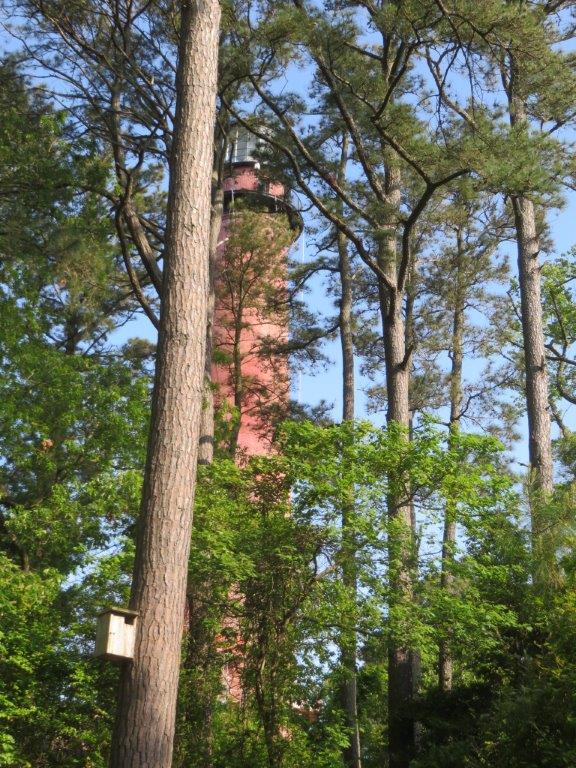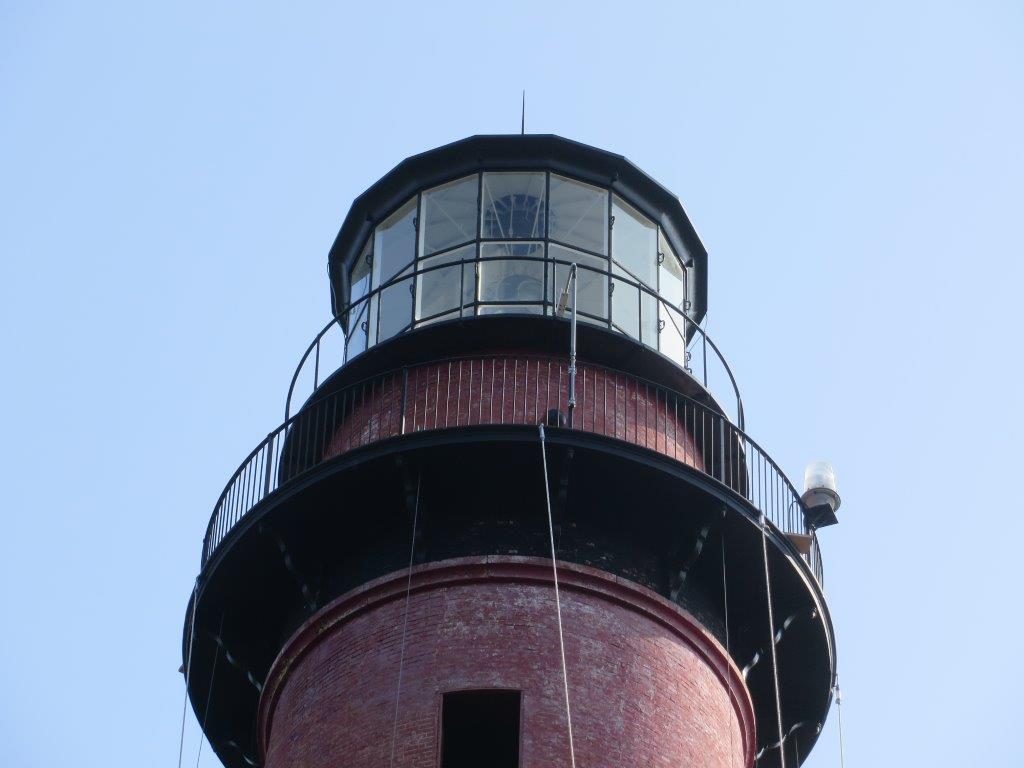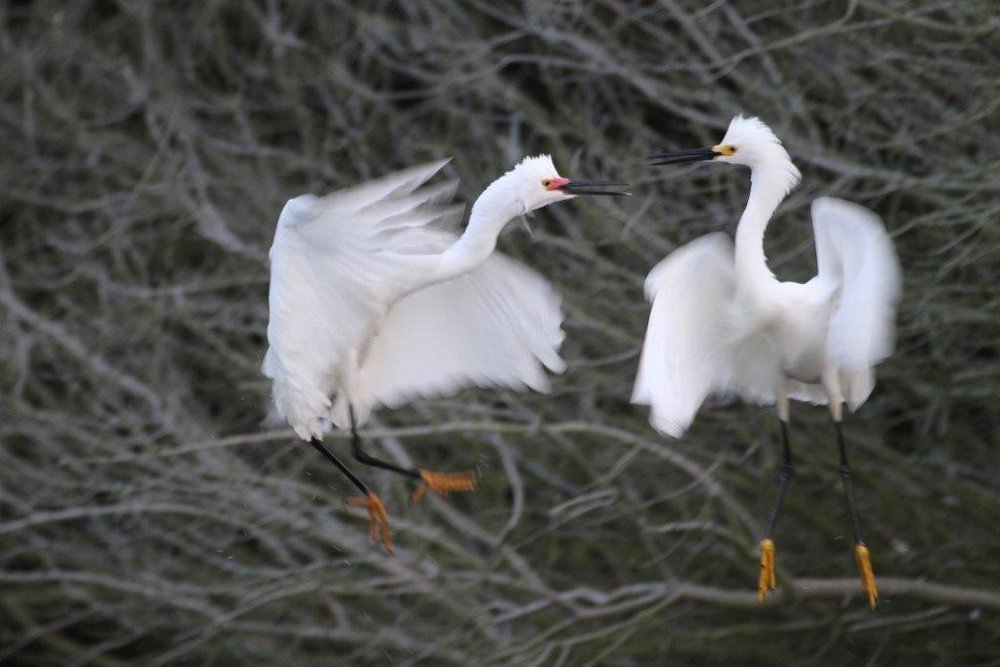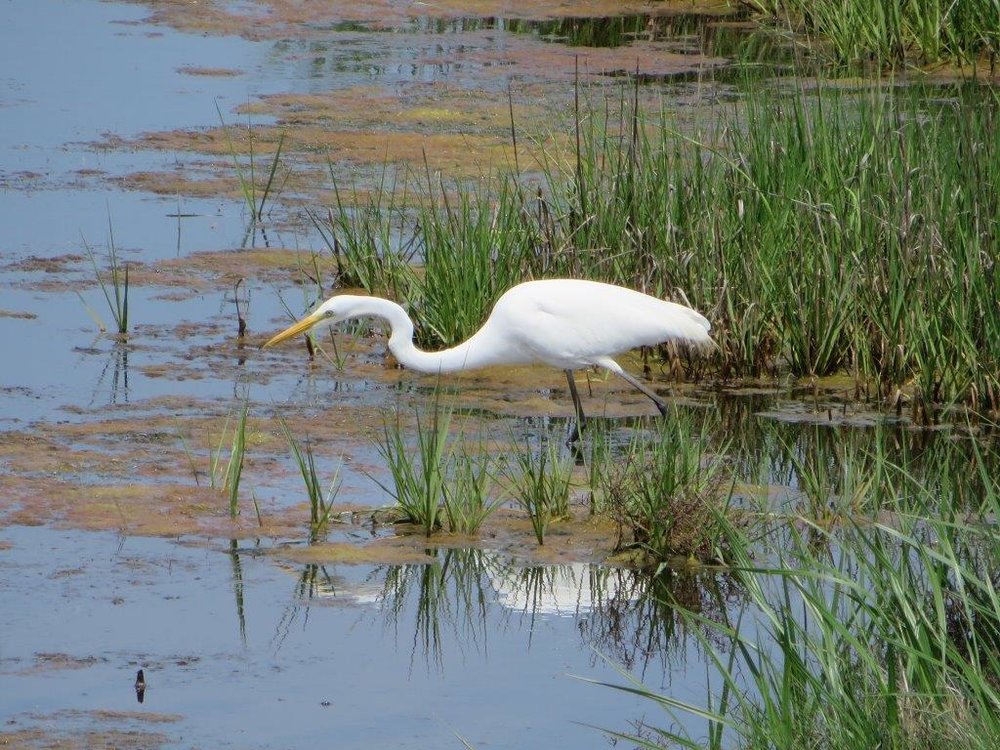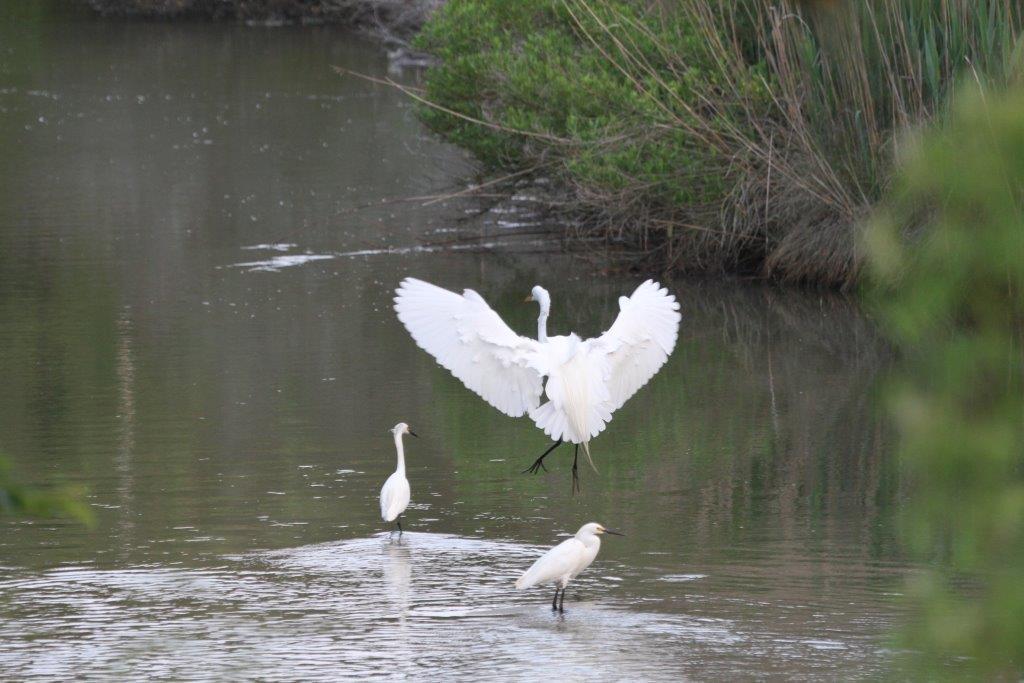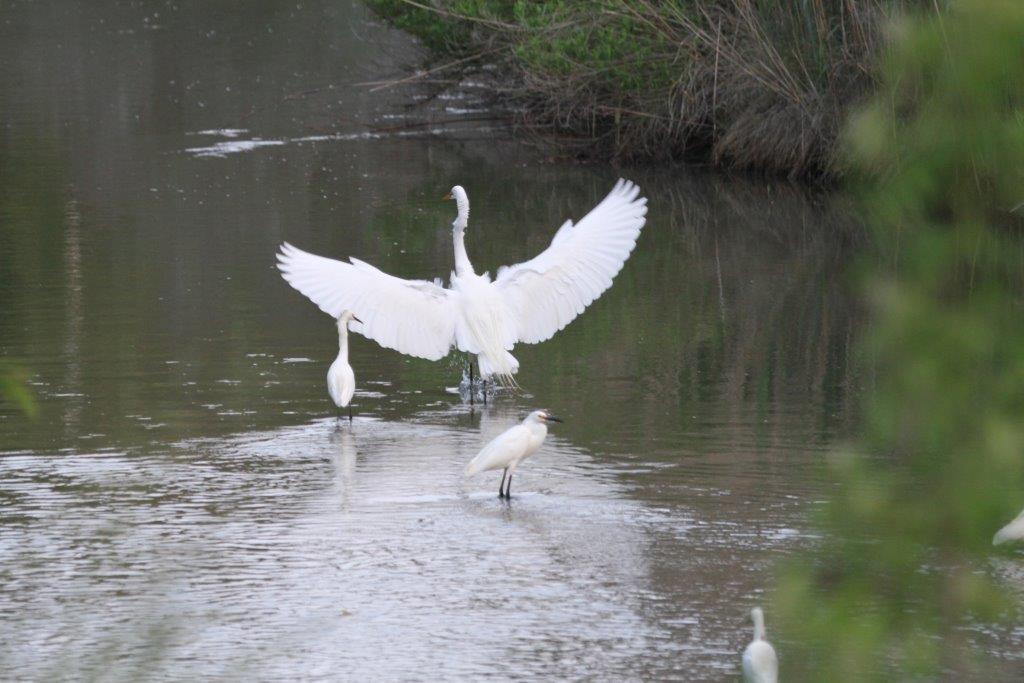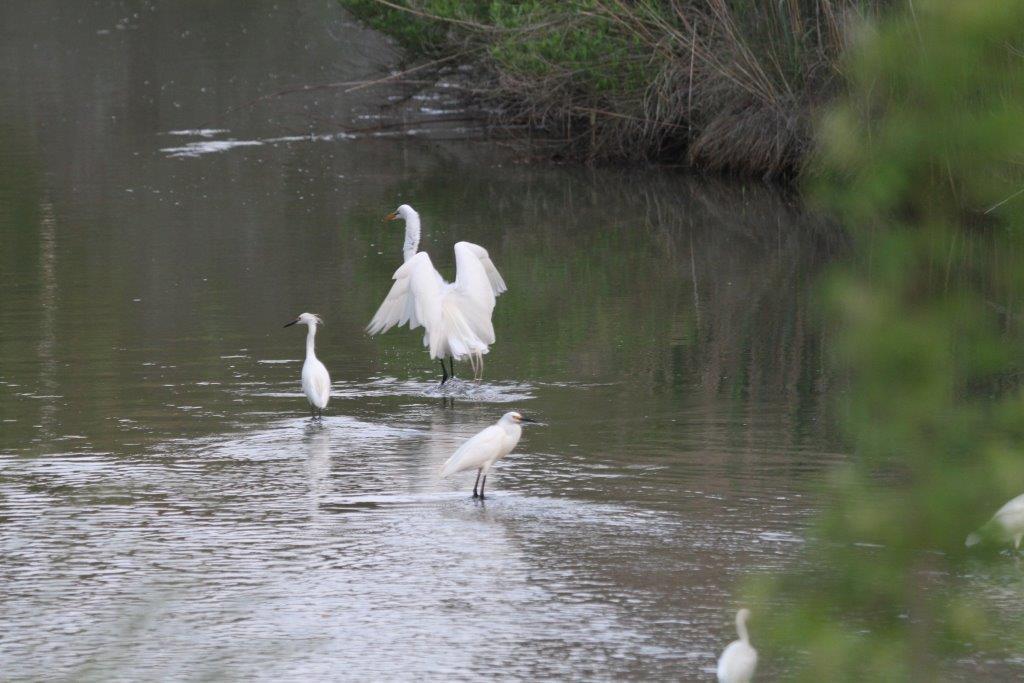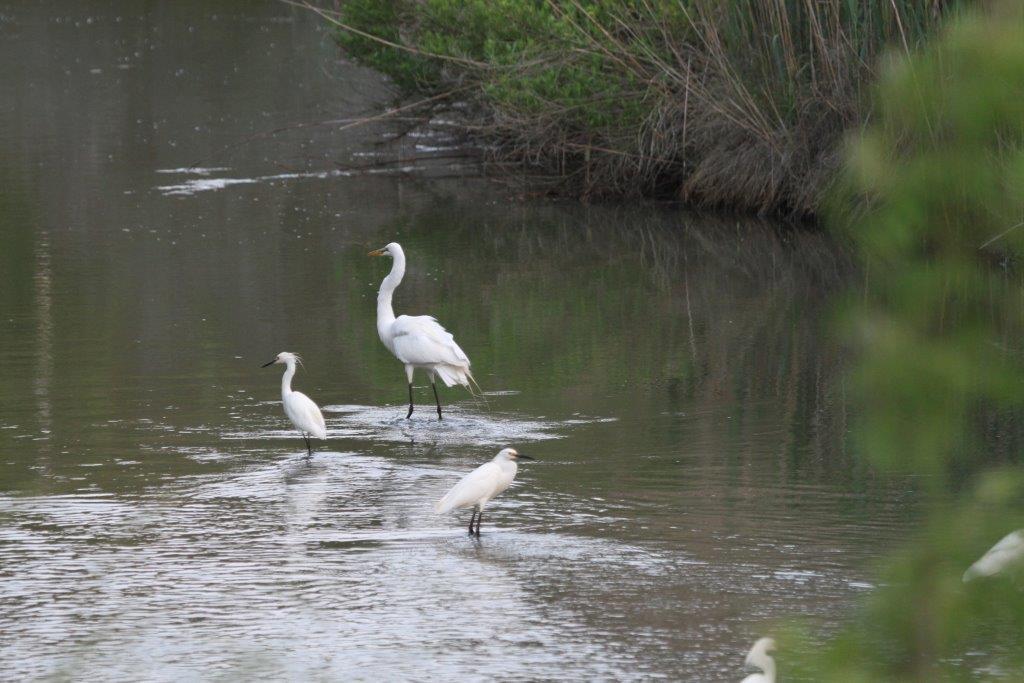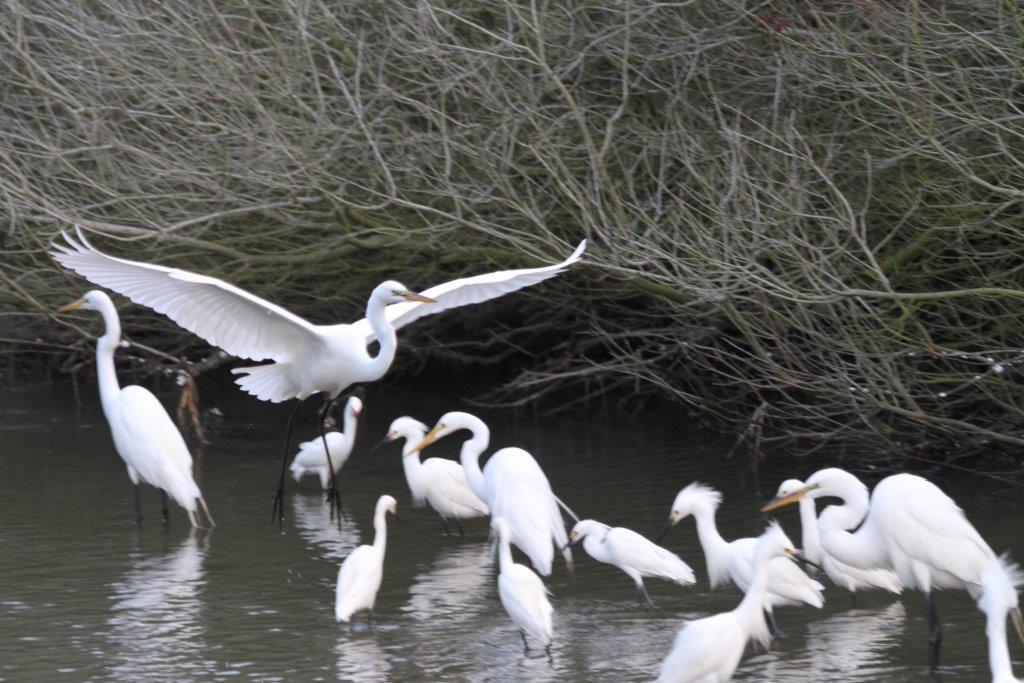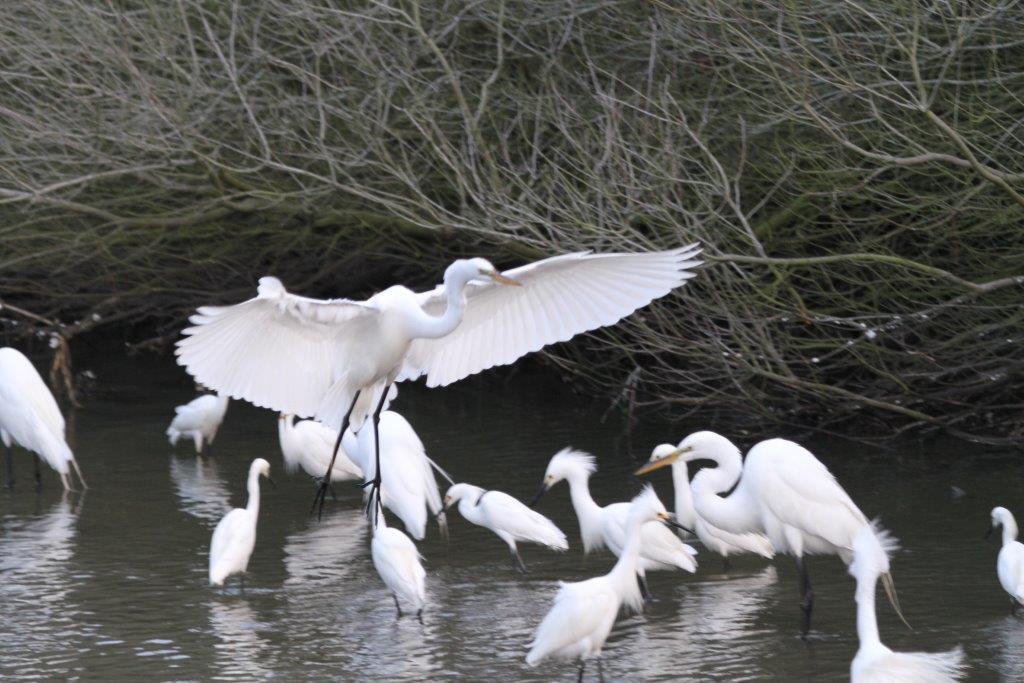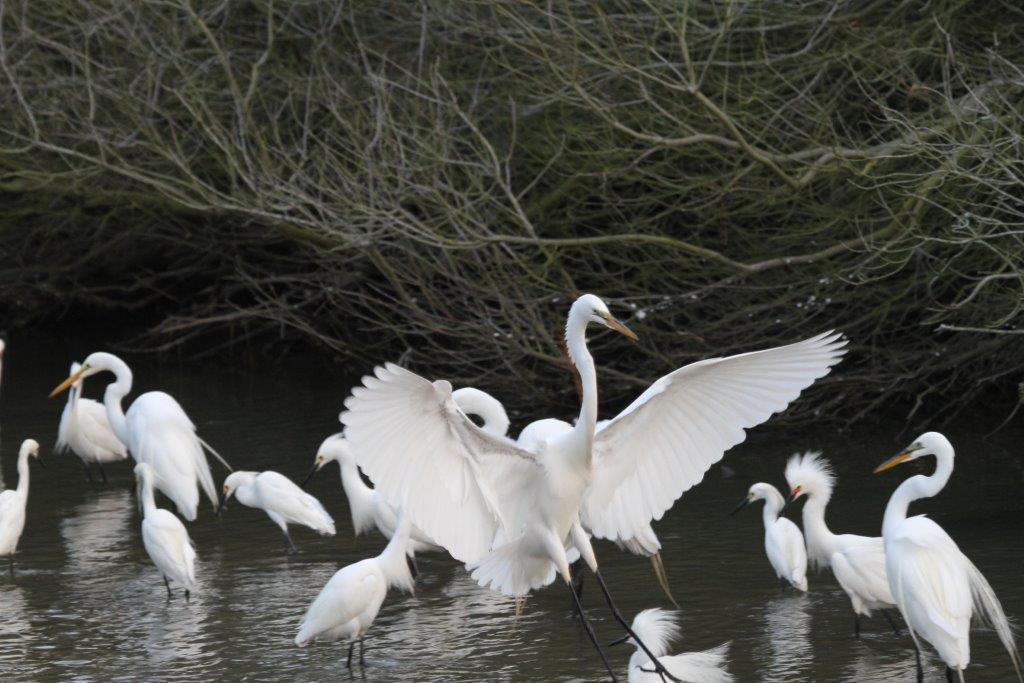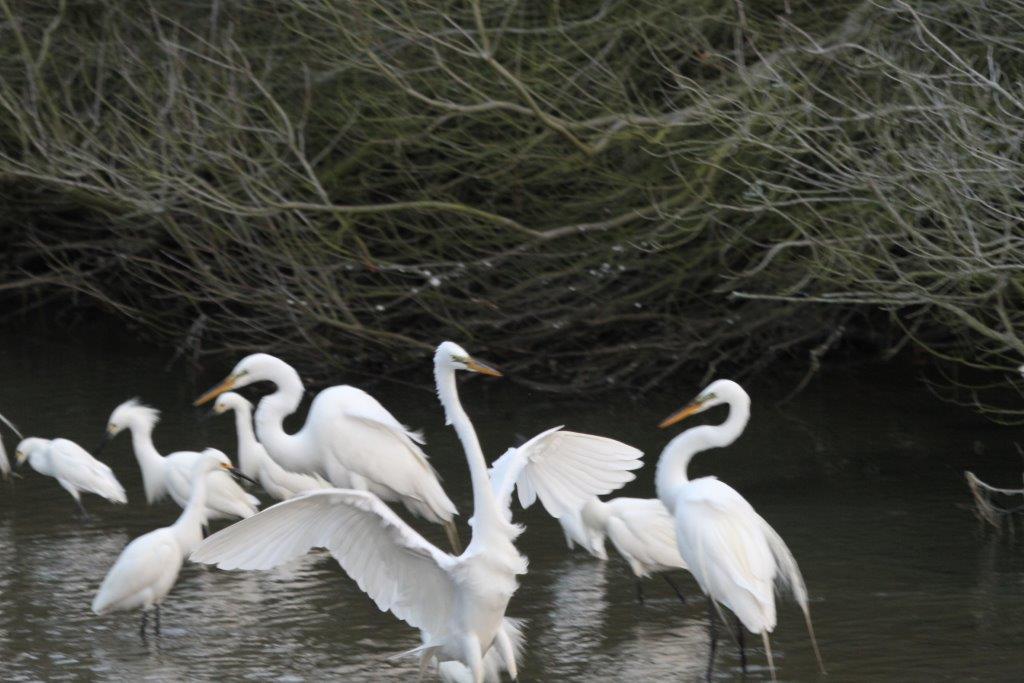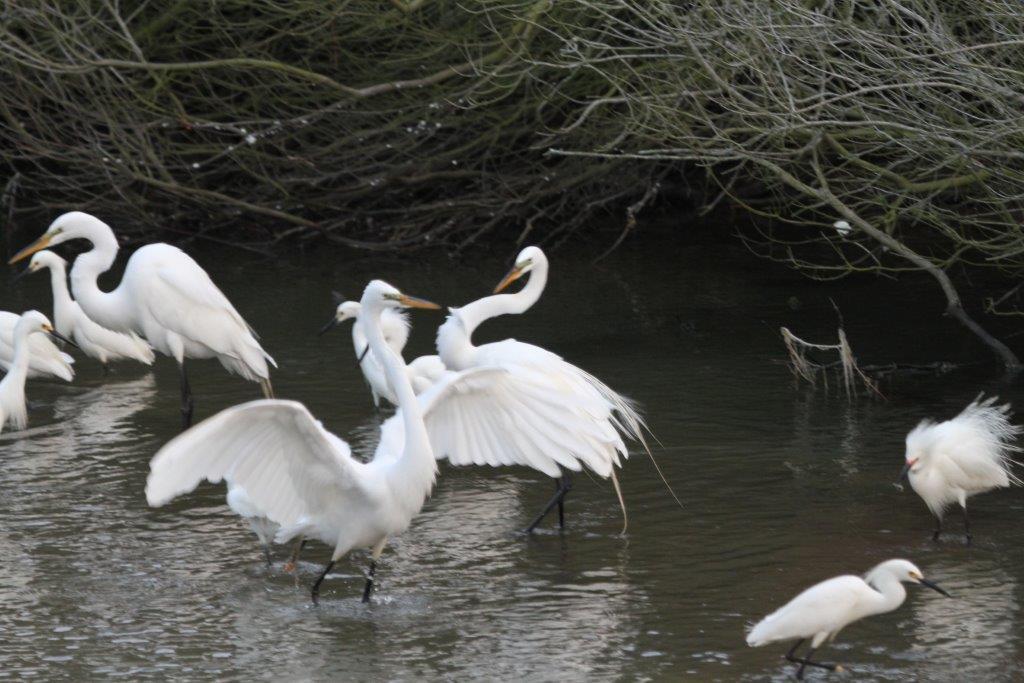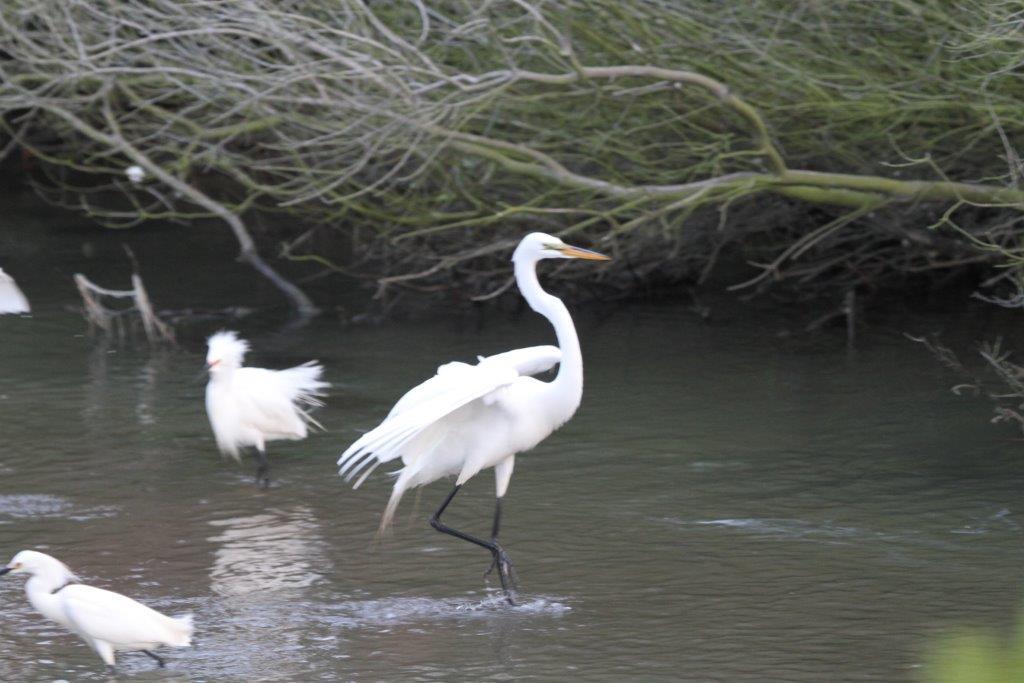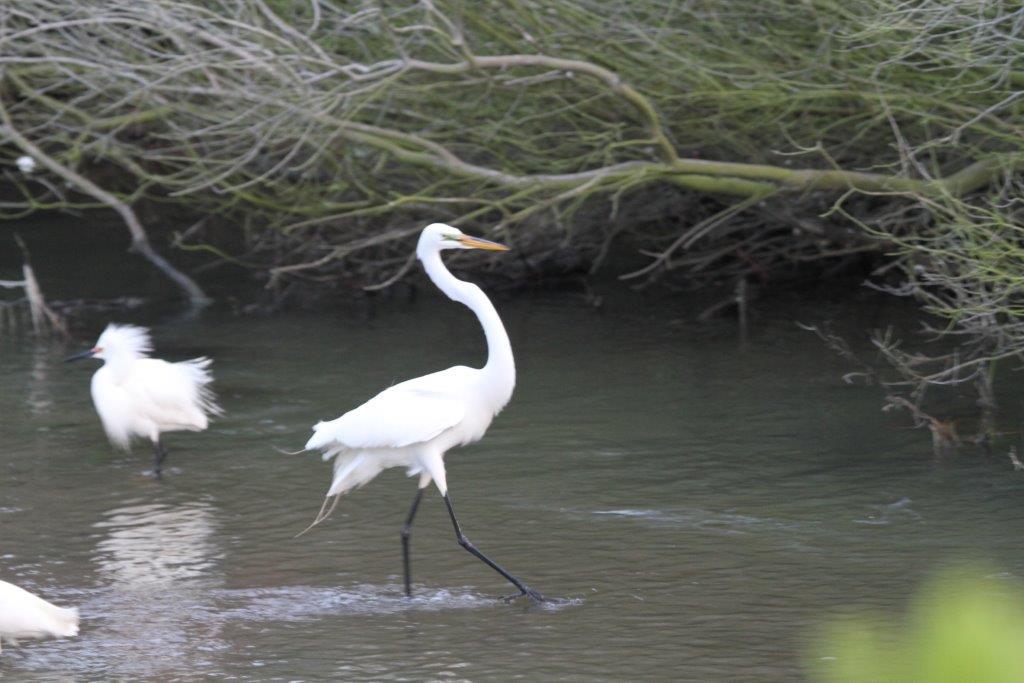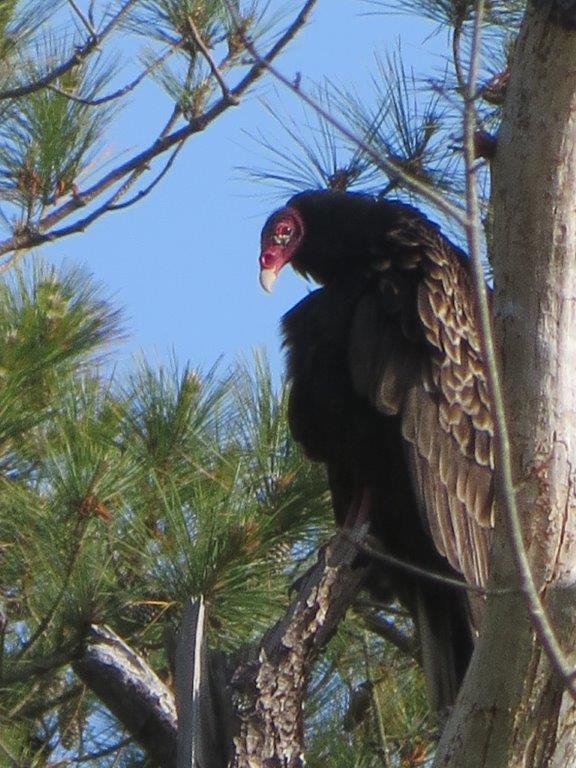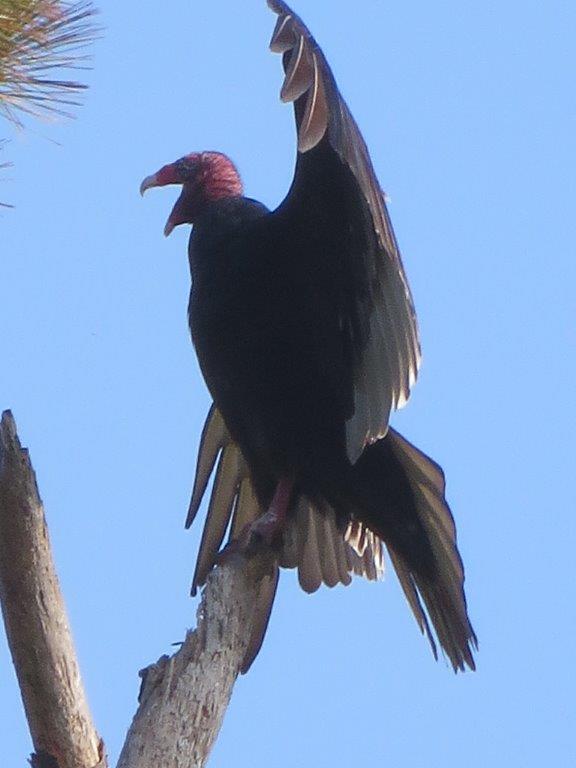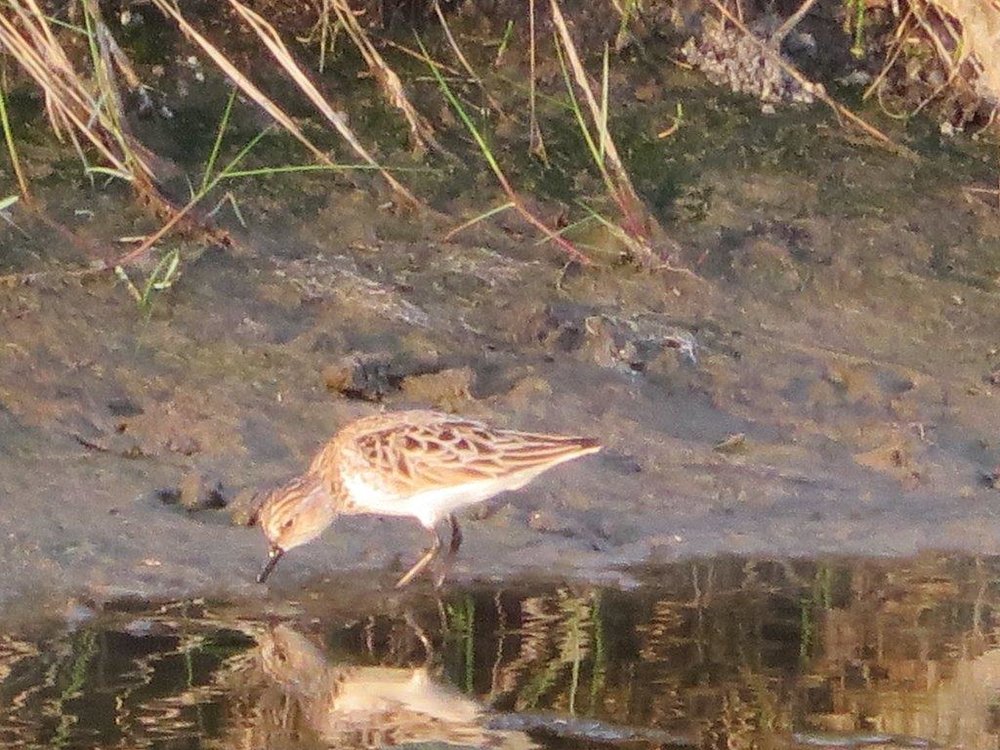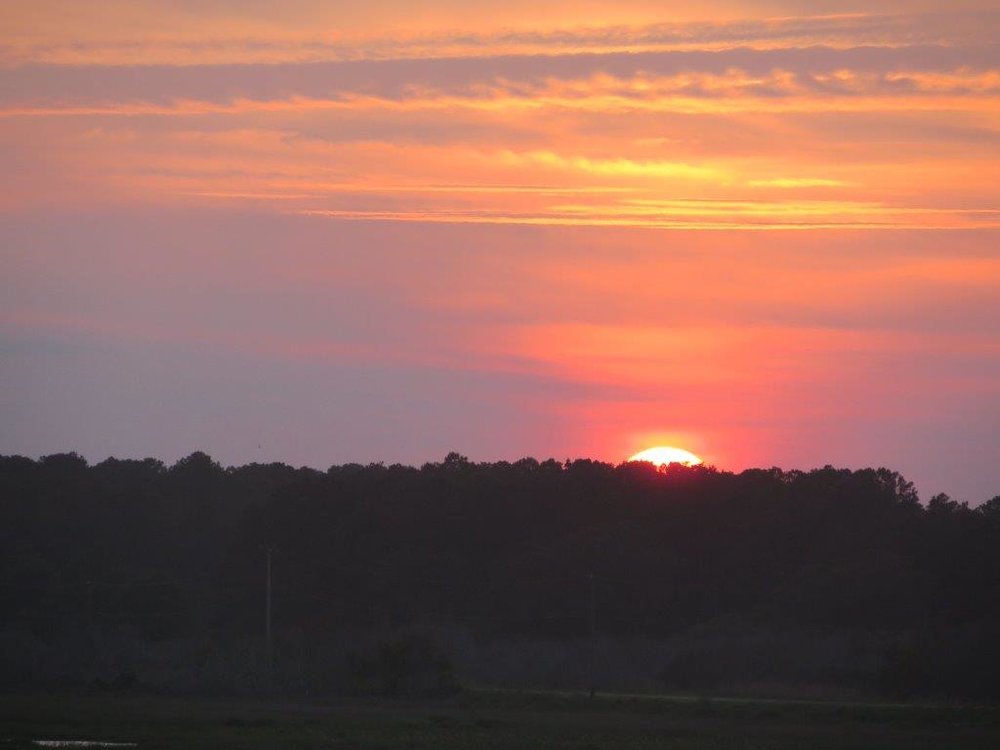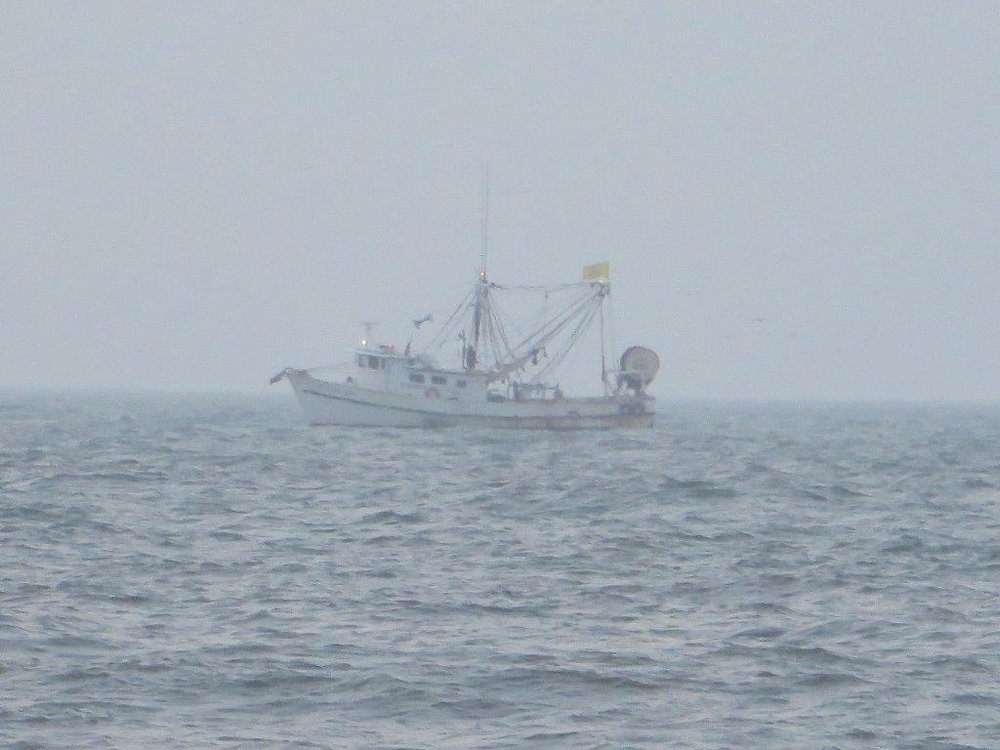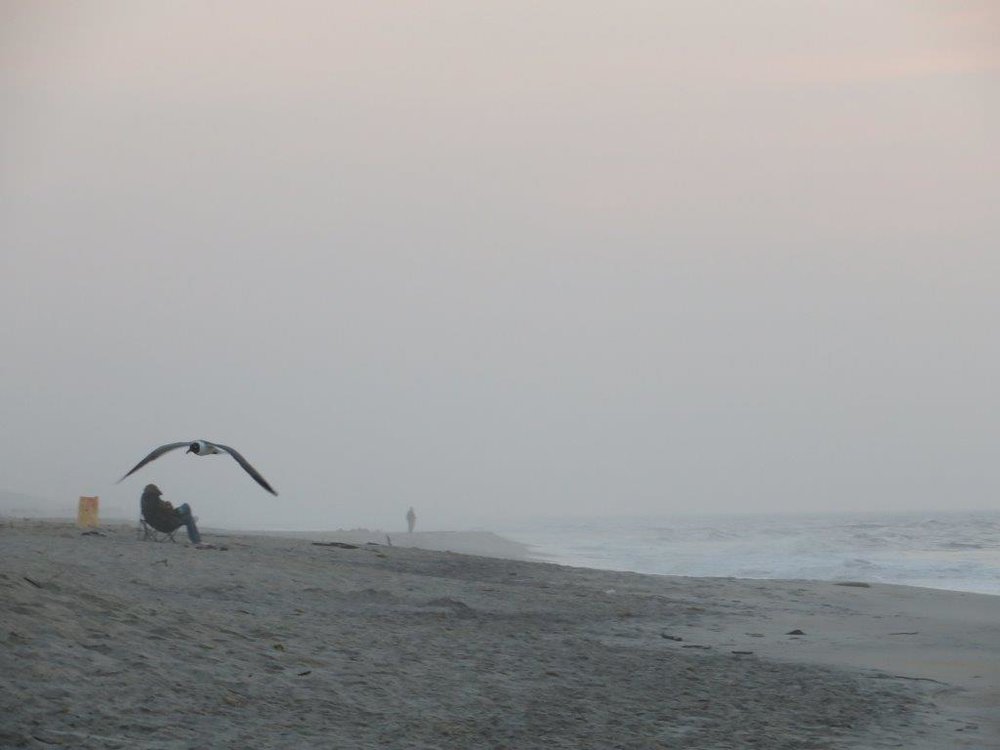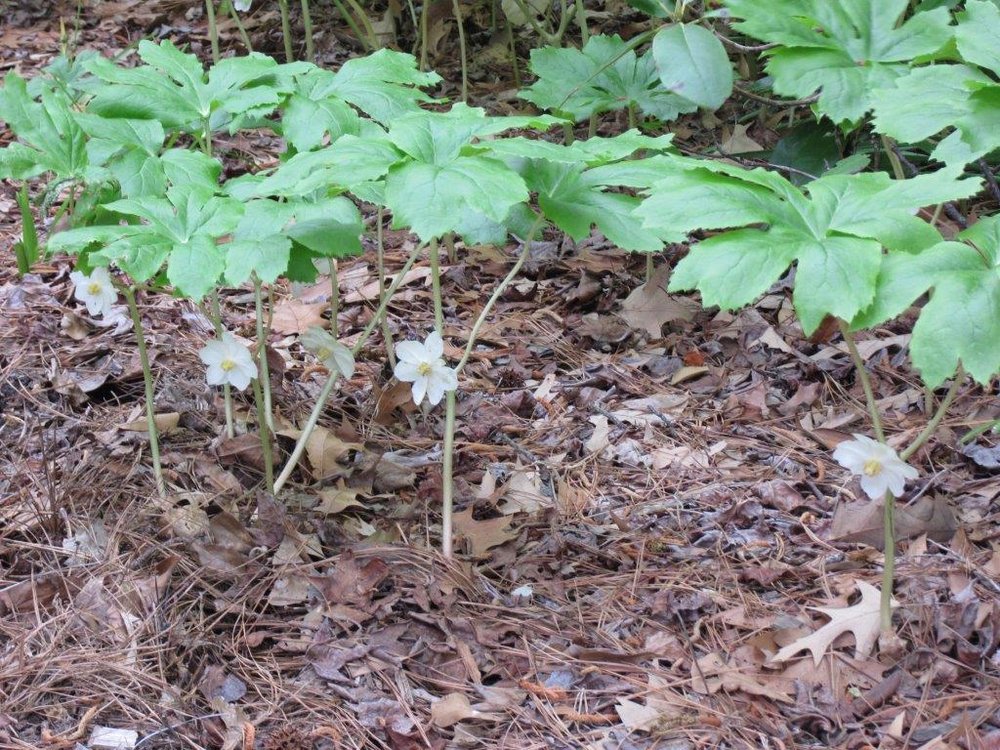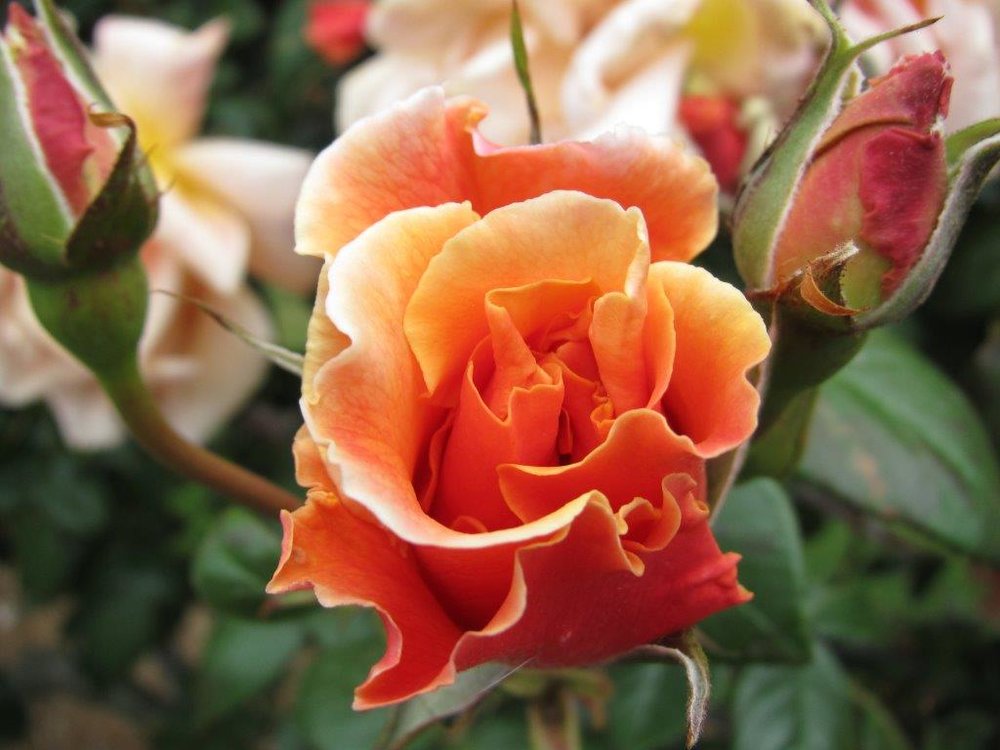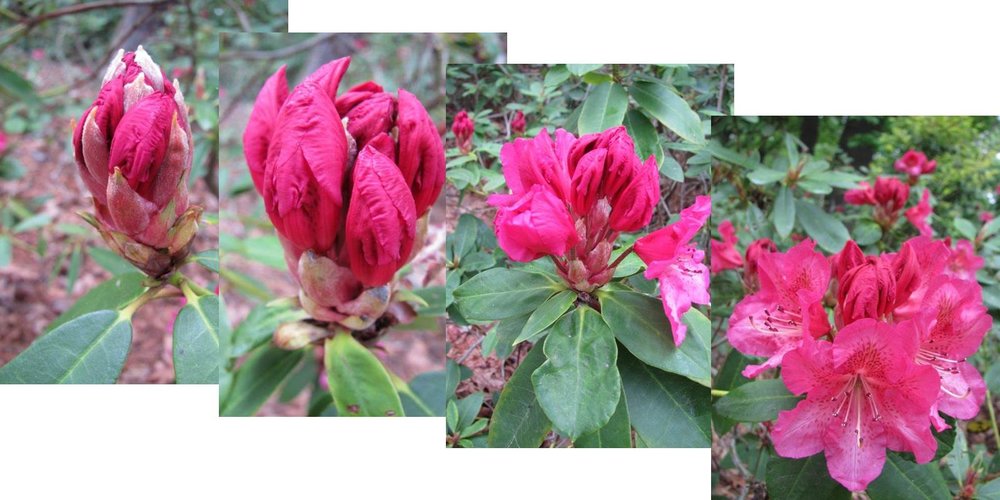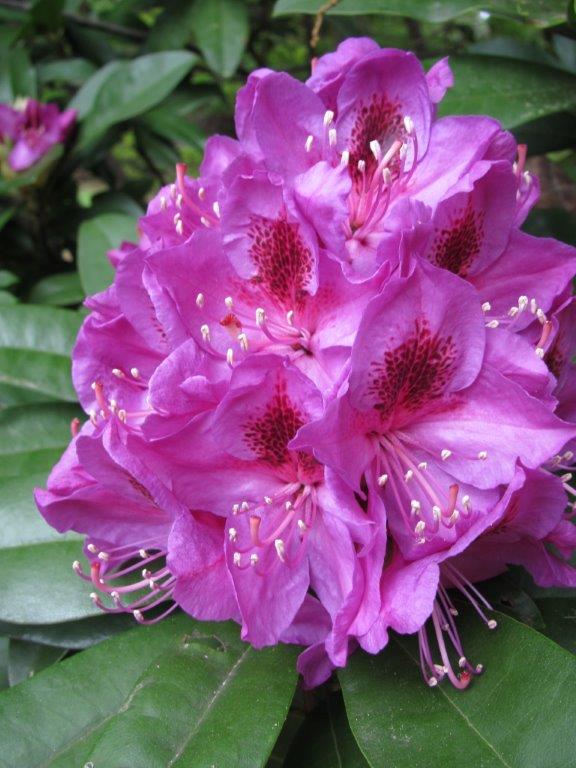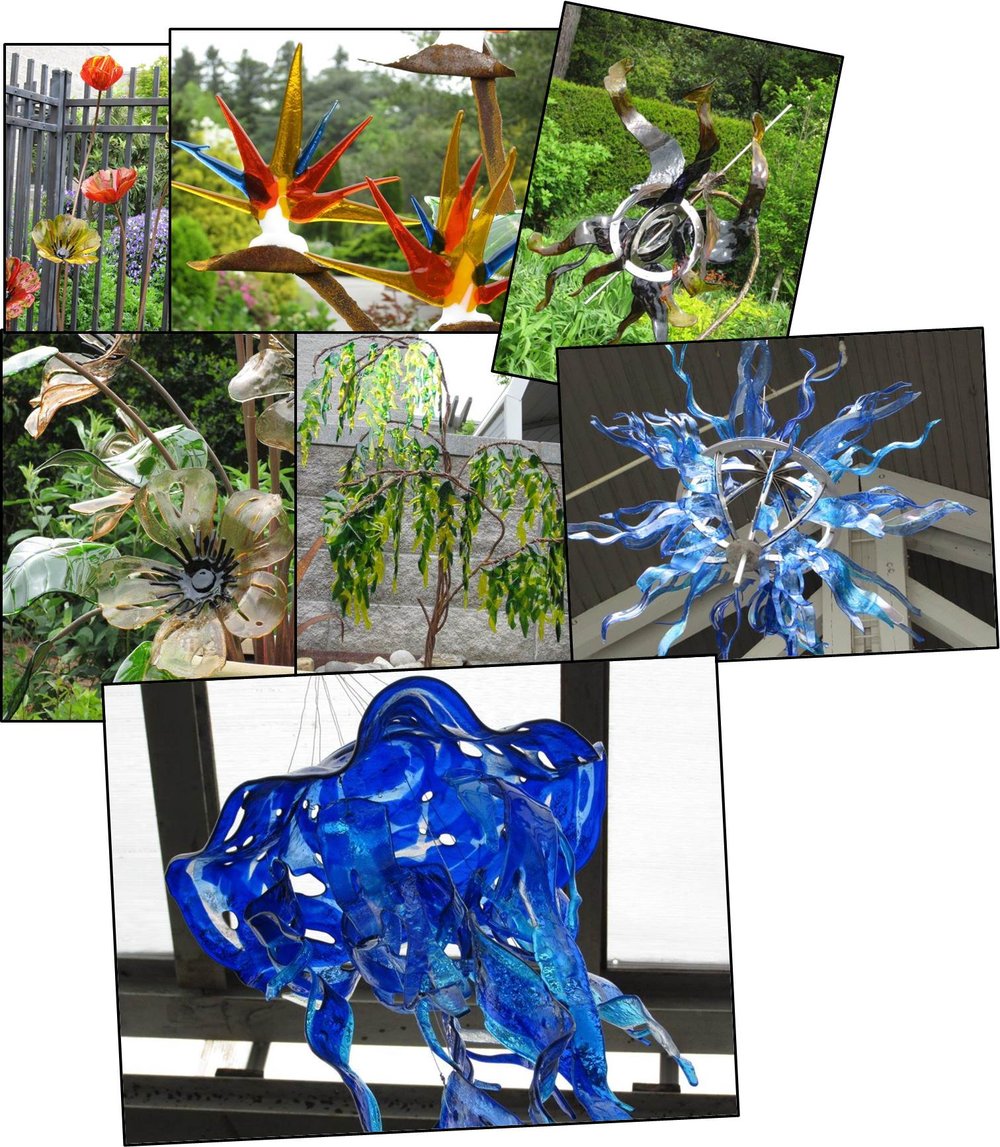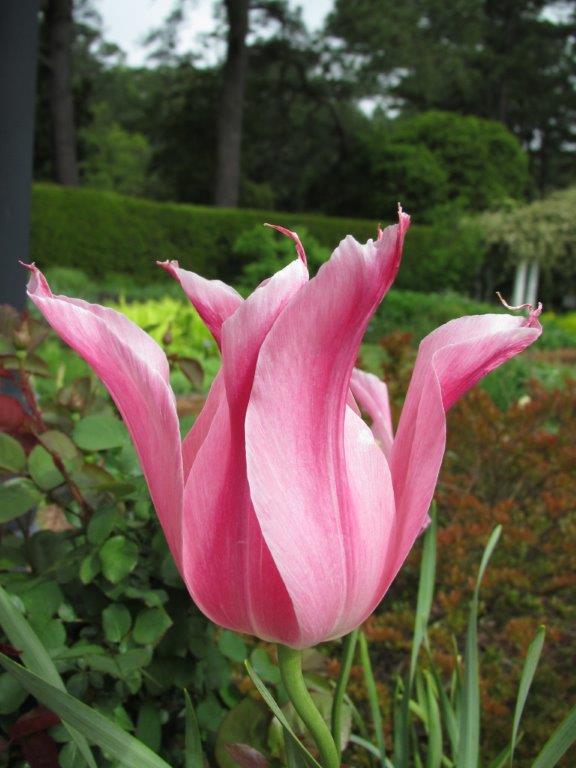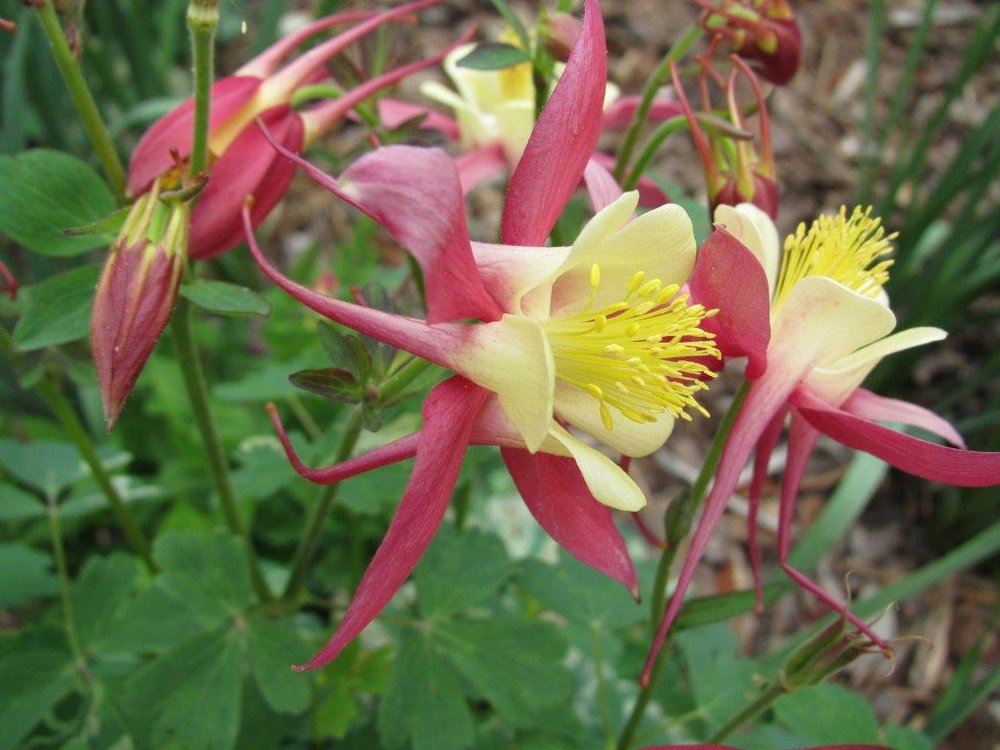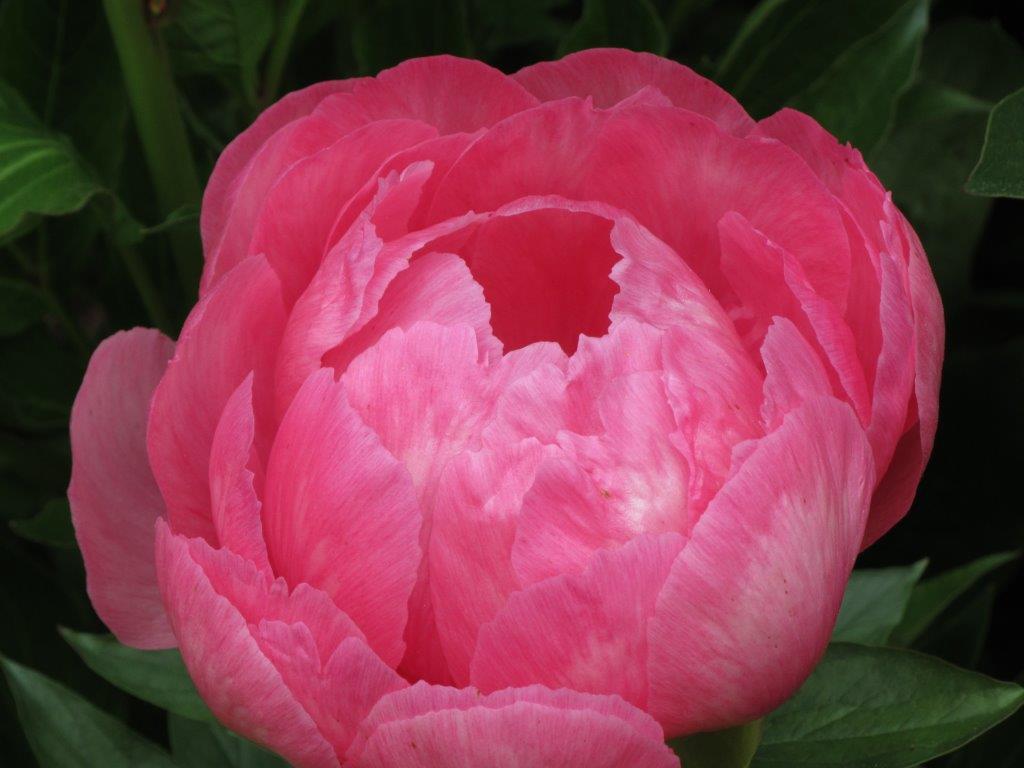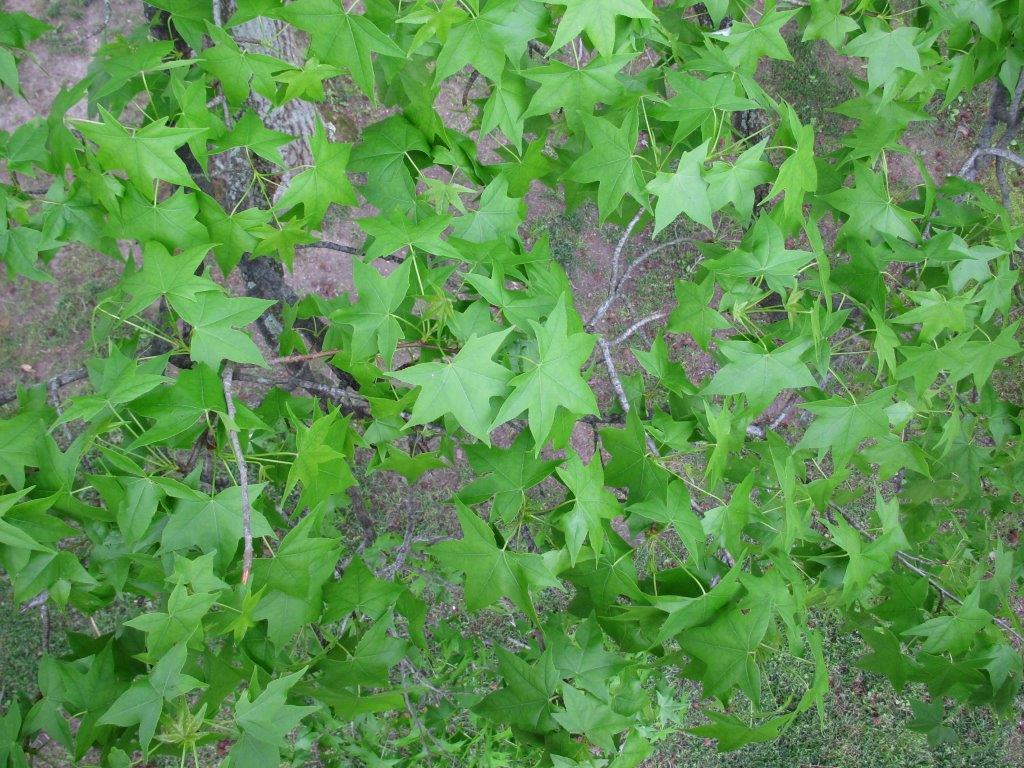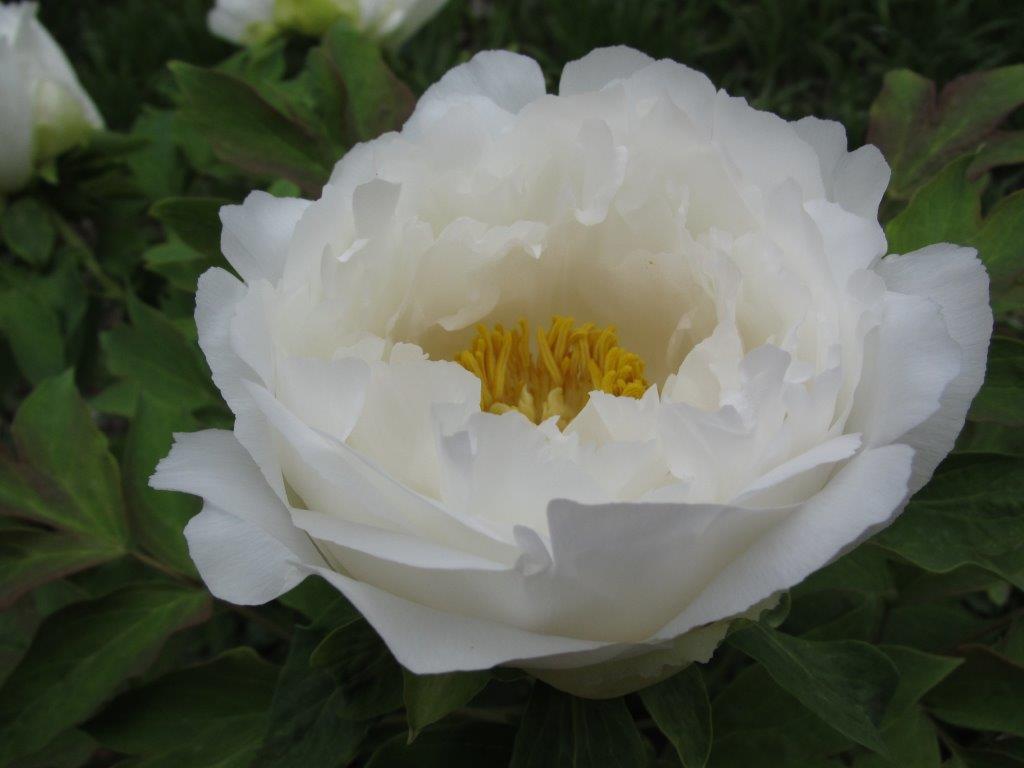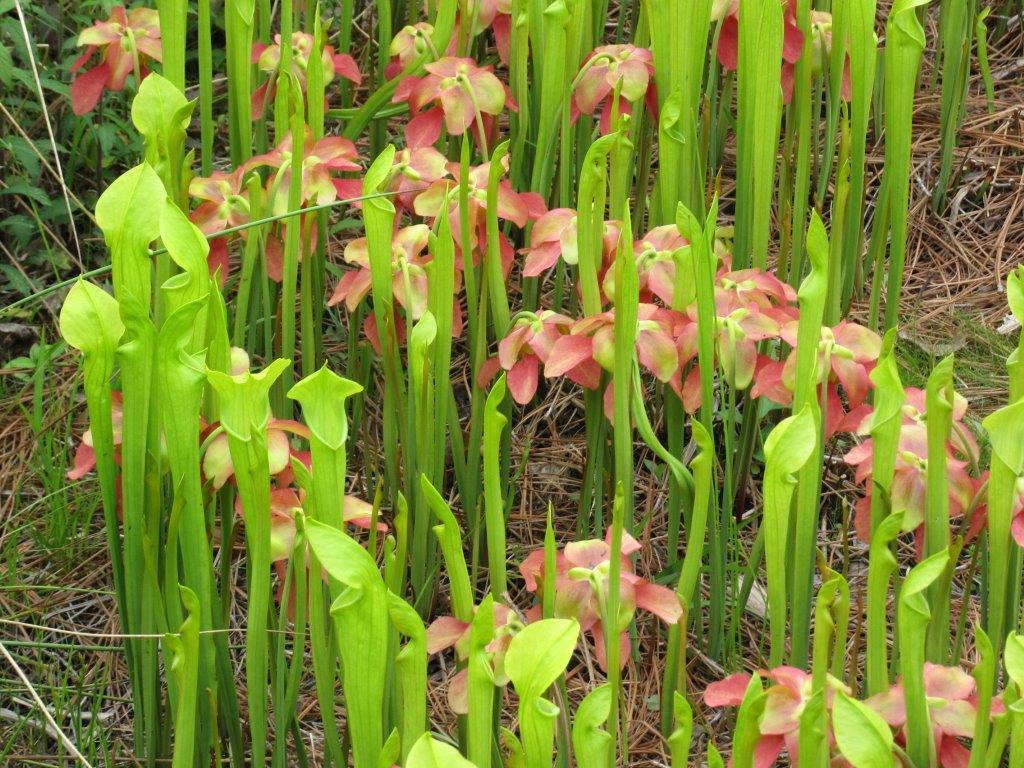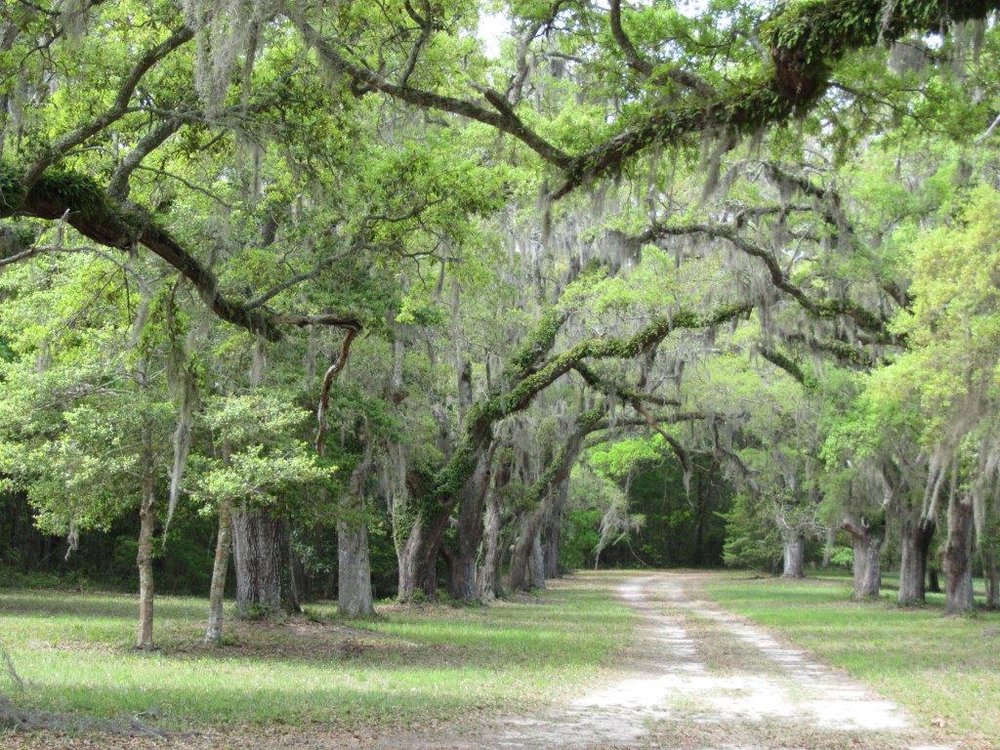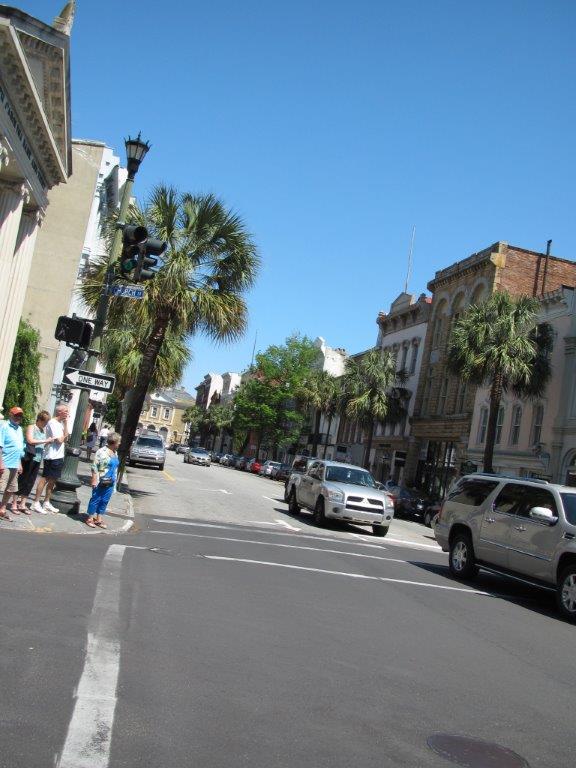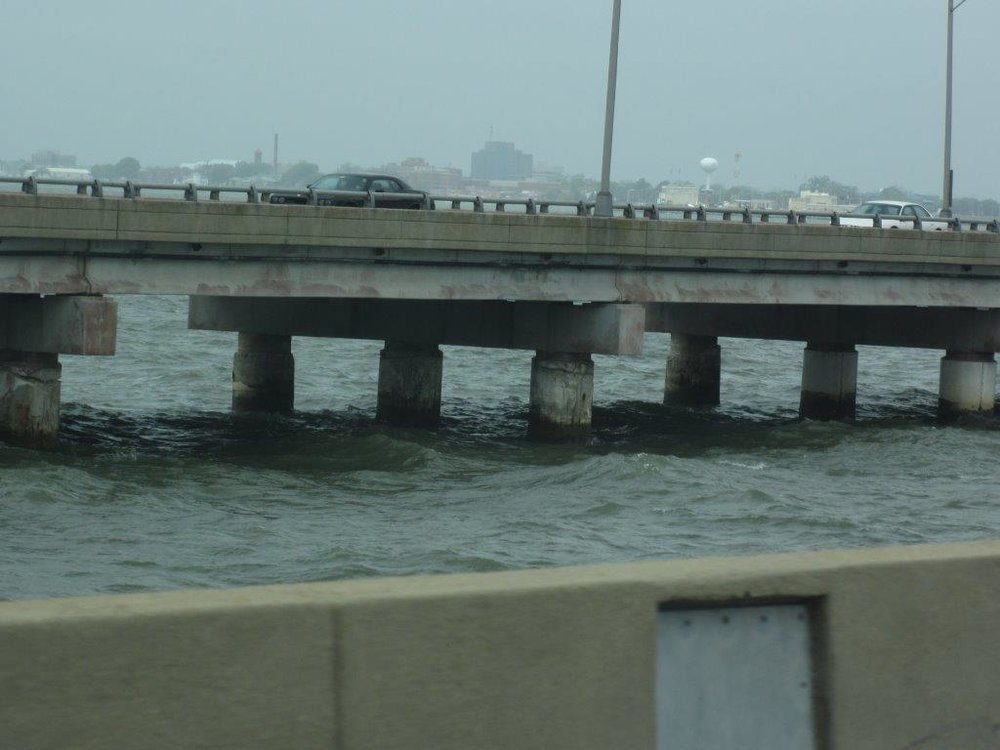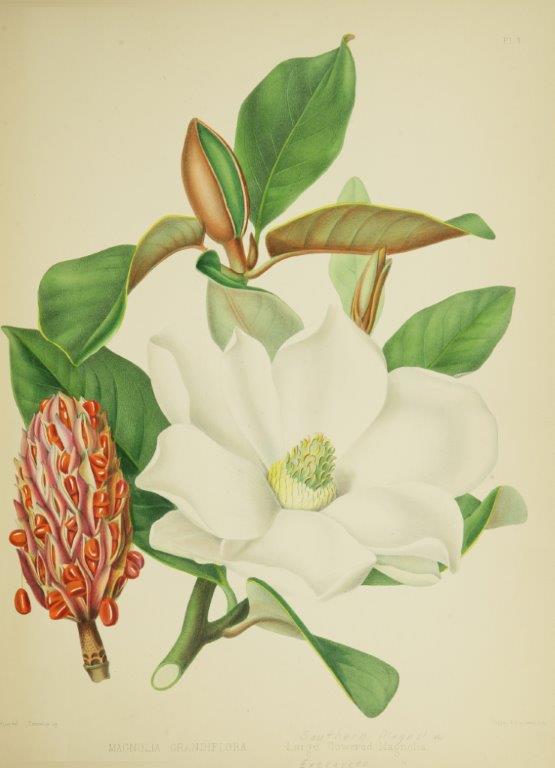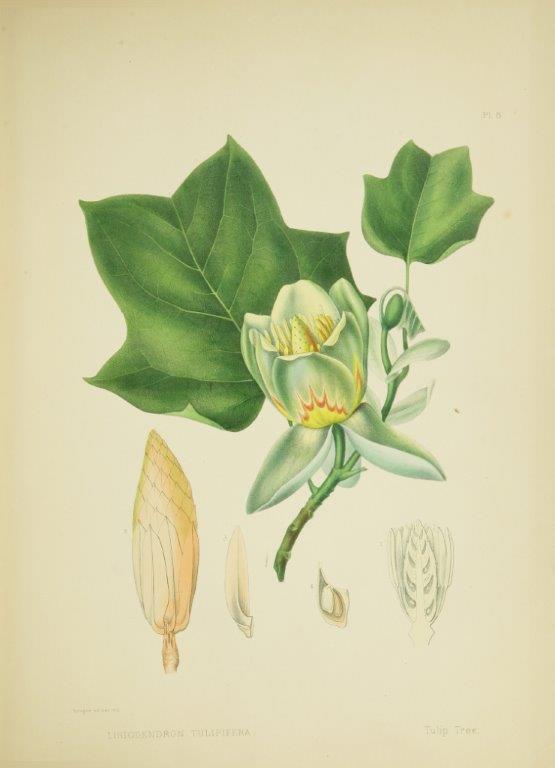Back in August 2012, I posted about finding something to celebrate each day. It’s an easy thing for me to do and the habit of writing it down reminds me to be grateful for these and a myriad of other things in my life. Here are some ‘little celebrations’ I’ve noted this month:
 Peonies at the Lewis Ginter Botanical Garden. The whole garden was special but the peonies were the highlight. See the post here.
Peonies at the Lewis Ginter Botanical Garden. The whole garden was special but the peonies were the highlight. See the post here.
 Rhododendron at the Norfolk Botanical Garden. Lots of beautiful plants and glass artwork…but the rhododendron were at their best. See the post here.
Rhododendron at the Norfolk Botanical Garden. Lots of beautiful plants and glass artwork…but the rhododendron were at their best. See the post here.
A balanced diet day that met 90% nutritional requirements from food. I started recording me food intake on cronometer.com and learned very quickly that there was room for improvement. First I got the protein/carbs/fat percentages aligned to the recommendation (when I started, fat was overwhelming carbs too frequently); then I started to improve the percentage of nutritional targets I achieved with food (from the low 80s to low 90s). It has be more of a learning experience than I anticipated - and a very positive one.
New camera. I am thoroughly enjoying my new camera (a Canon PowerShot SX280 HS). See some blog posts about it here and here.
Planting seedlings grown in egg shells. I planted some seedlings started in egg shells that are doing well in pots on the deck. See the gleanings post that gave me the idea.
Lowest weight of the year; highest stock market day of the year. These may seem like unrelated metrics but they are both items I monitor daily. It is a day to celebrate when they both move in the right direction on the same day.
Horseshoe crabs at Sandy Point State Park. The view of the Chesapeake Bay Bridge would have been the highlight for me if the day had not been so misty. Instead I flipped over a horseshoe crab that had stranded itself upside down on the beach and celebrated that is crawled back into the water. I’ll be doing a post about the park in a few days.
Osprey, barn swallows, and immature bald eagle at Blackwater National Wildlife Refuge. I cannot pick which of the three birds I enjoyed spotting more! I’ll have a blog post in a few days.
Blue grosbeak and egrets at Chincoteague National Wildlife Refuge. The surprise of seeing a purple grosbeak in the wild for the first time was quite a high point…but then the myriad egrets and their antics took the stage. Pictures will be posted in a few days.
Finding a surprise iris in my garden. I thought I had moved all the iris bulbs from the back garden that had gotten too shady to the front garden where they would get more sun. It worked - they are booming in profusely in their new flower bed but I found on lone flower in the back flower bed….a missed bulb that managed to bloom even in the shade. I celebrated its survival.
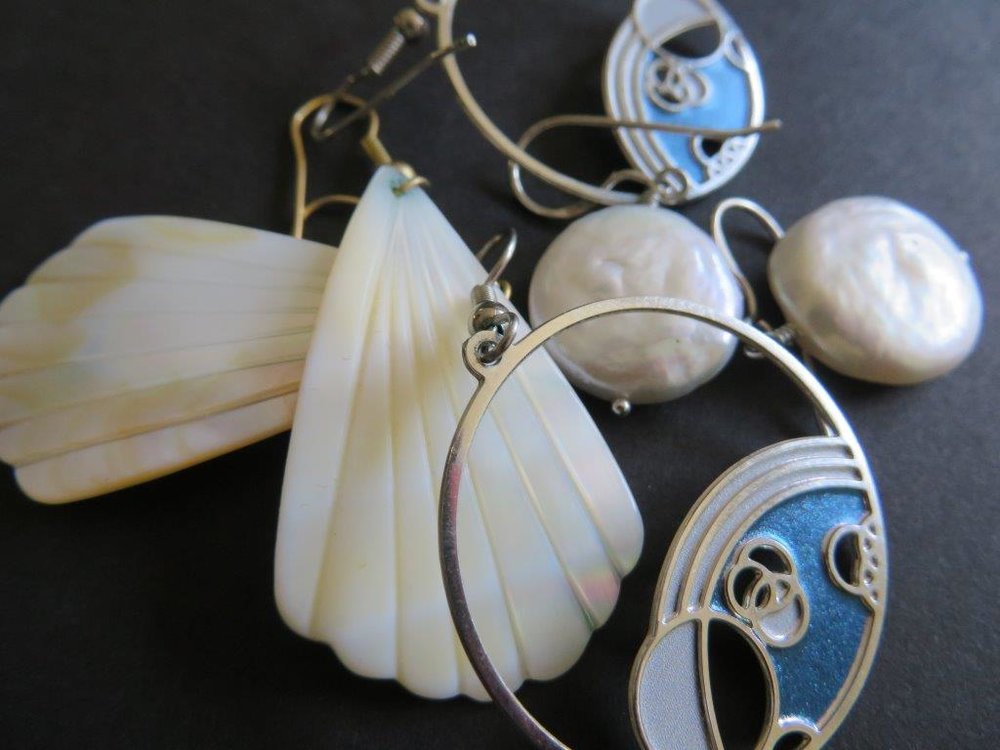 From Tennessee in June 2012 (Memphis, Chattanooga, Knoxville)
From Tennessee in June 2012 (Memphis, Chattanooga, Knoxville)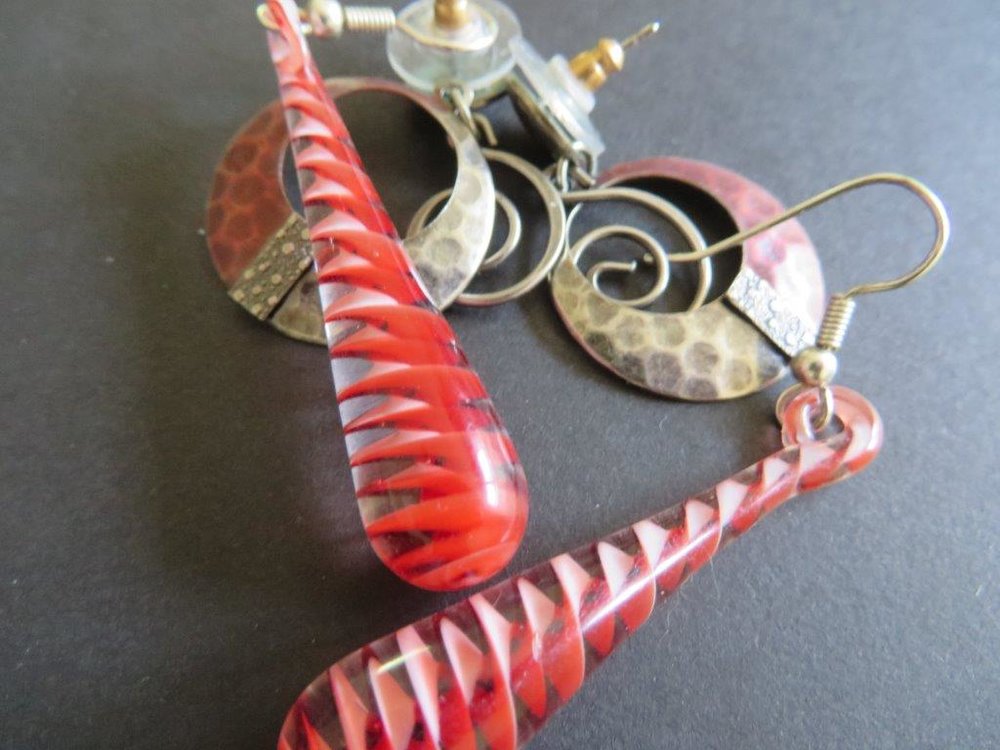 From New York in October 2012 (Watkins Glen and Corning)
From New York in October 2012 (Watkins Glen and Corning) From Arizona in March 2013 (Kartchner Caverns)
From Arizona in March 2013 (Kartchner Caverns)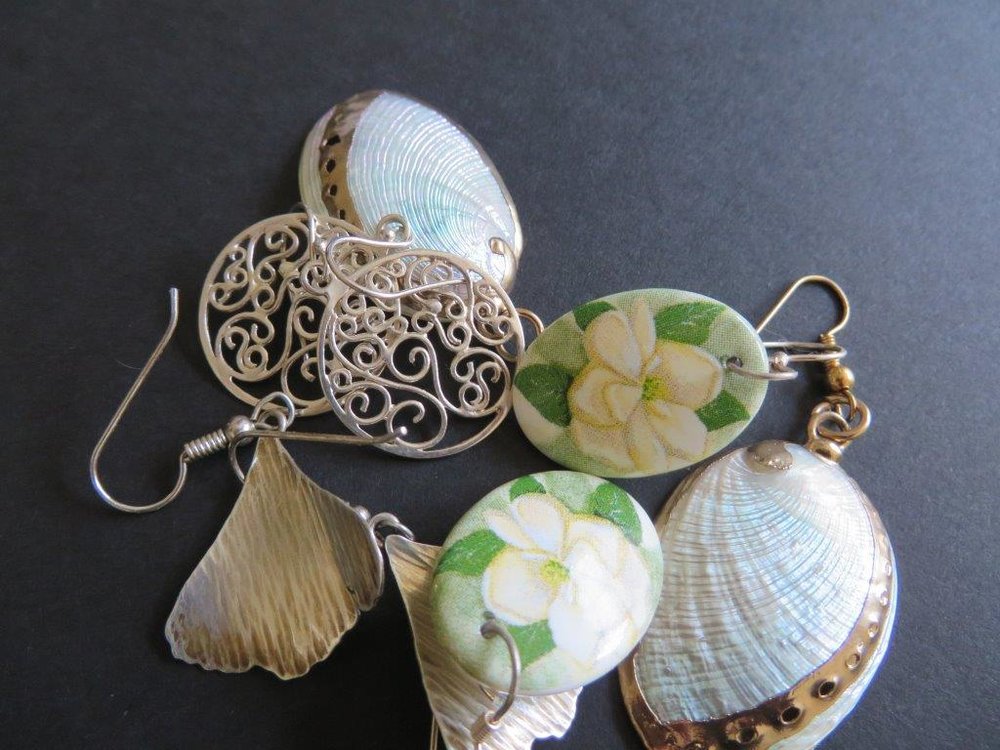 From South Carolina in April 2013 (Charleston)
From South Carolina in April 2013 (Charleston)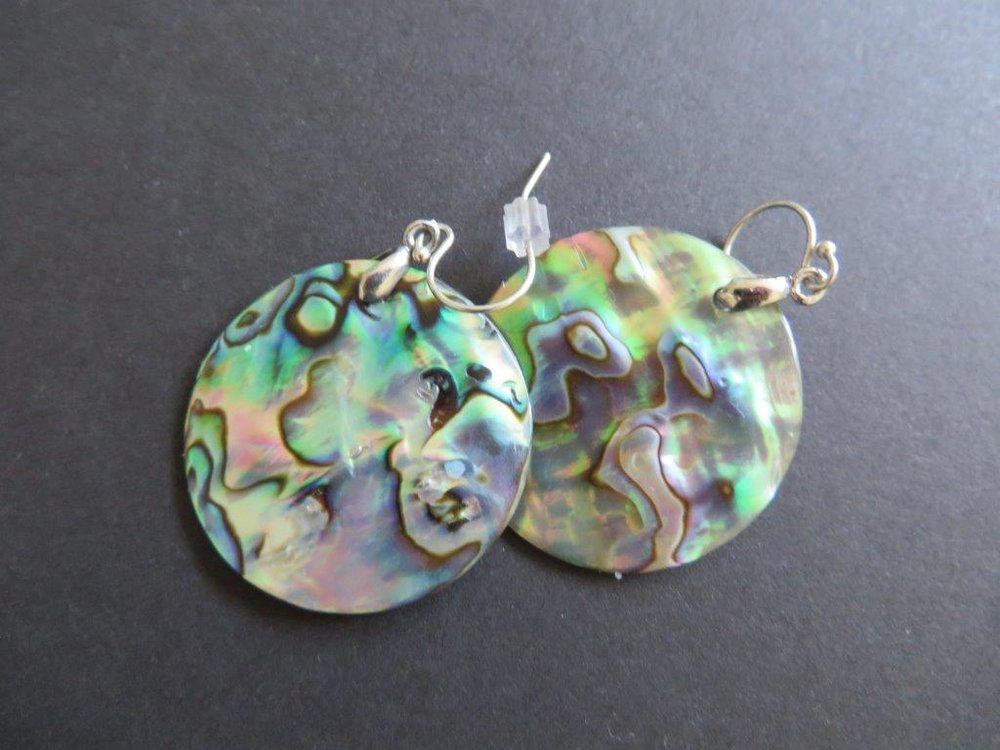 From Virginia in May 2013 (Chincoteague
From Virginia in May 2013 (Chincoteague And Richmond and Norfolk)
And Richmond and Norfolk)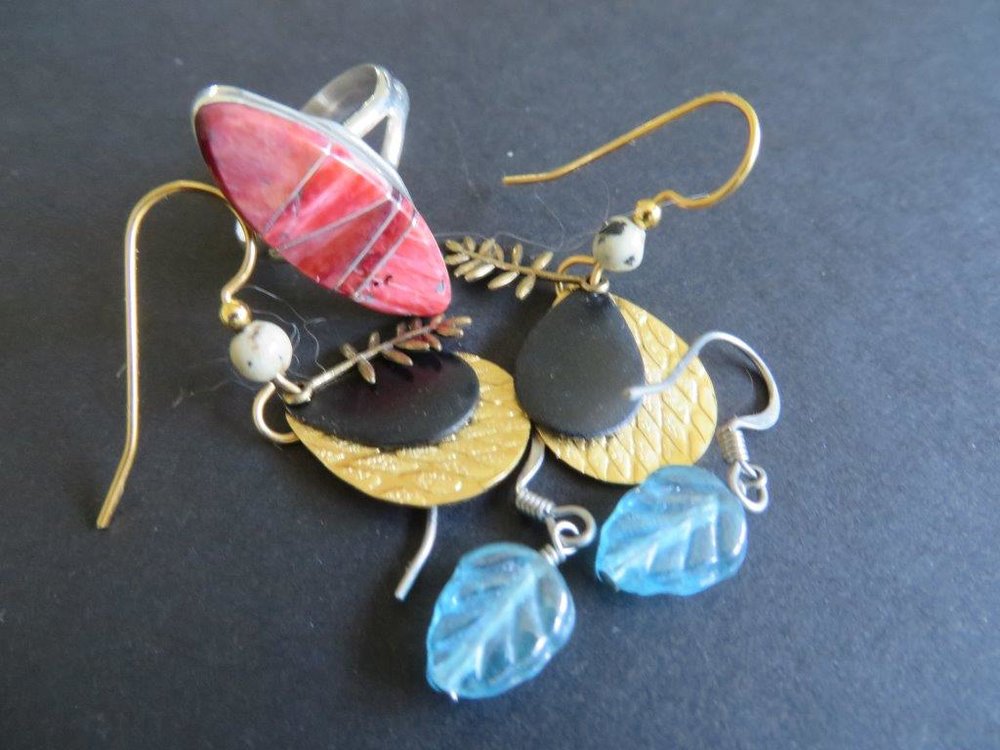 From Arizona in June 2013 (Tucson)
From Arizona in June 2013 (Tucson)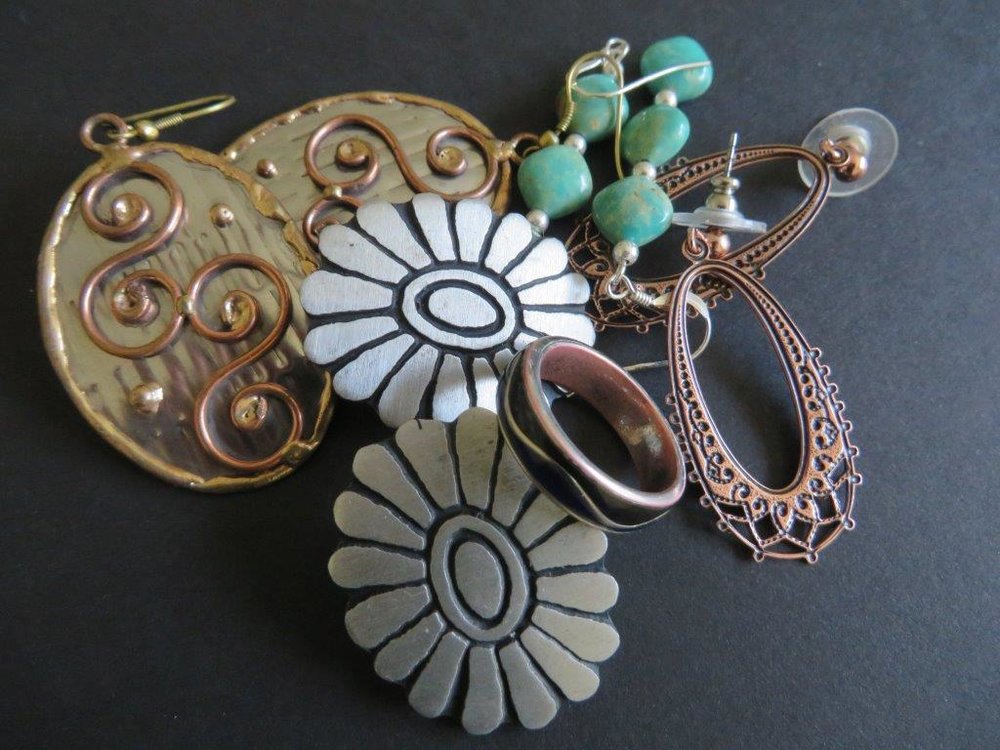 And finally - from New Mexico in June 2013 (White Sands and I-10)
And finally - from New Mexico in June 2013 (White Sands and I-10)




